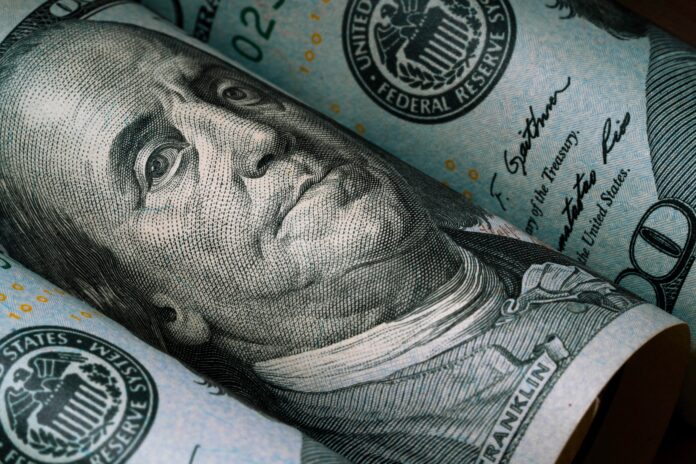The country’s external debt in the quarter ended September totaled USD139.64 billion, a 7.3 percent increase from the previous quarter. Despite this rise, the country’s external debt-to-GDP ratio remains relatively stable at 30.6 percent, well within prudent limits, according to the Bangko Sentral ng Pilipinas (BSP). This highlights the manageable nature of the country’s debt profile.
The uptick in debt is largely attributed to robust demand from both the public and private sectors, alongside increased foreign investor interest in Philippine debt securities. The national government raised a substantial USD4.17 billion through bond issuances and official loans, while the private sector borrowed an additional USD1.82 billion.
Foreign exchange factors, particularly a weaker US dollar, also contributed to a USD1.56 billion increase in the dollar value of external debt. Over the year, the total debt stock rose by USD20.81 billion, or 17.5 percent, driven by net borrowings and non-resident investments in Philippine debt.
Notably, the public sector holds 62.2 percent of the external debt, with USD86.88 billion in obligations, while private sector debtreached USD52.76 billion. The country’s debt maturity profile remains predominantly long-term at 79.4 percent, with fixed-interest debt making up 55.7 percent of long-term borrowings.
The gross international reserves (GIR), an indicator or capacity to pay foreign obligations as and when they mature, stood at USD112.71 billion, providing a strong 3.92 times cover for short-term debt, reaffirming the country’s ability to meet foreign obligations. The debt service ratio (DSR) rose slightly to 11.6 percent, reflecting higher debt service payments but still indicating a manageable debt burden.
Investor confidence in the Philippines remains solid, with significant debt acquisitions from major creditors like Japan and the Netherlands, indicating sustained demand for Philippine bonds in international markets.







